Choosing the proper glass for windows in any home is essential for energy efficiency purposes. Depending on the climate, building design, your budget, etc., you can choose between different types of window glazing. One of the most popular window glazings in Philadelphia is the low–e window. This window is an excellent choice for reducing energy loss through windows. This article will discuss Low-E windows and provide valuable information if you want to incorporate Low-E windows in your Philadelphia home.
What are Low-E Windows?
To begin with, there are three types of light in general: UV light which causes upholstery to fade, infrared light which is responsible for all the transmitted heat into a building, and visible light. Low-e (Low Emissivity) windows have been developed to prevent UV and infrared light into the building as much as possible while increasing the transmitted visible light.
Low-e windows have a microscopic thin transparent coating applied directly on the surface of the glazing. This thin coating is responsible for the energy efficiency performance of the Low-E window. The coating prevents heat from entering buildings during summer and reduces heat loss during winter.
How Does a Low-E Window Work?
When interior heat tries to escape to the cold outside during the winter, the Low-E coating reflects the heat inside, reducing heat loss through the glass. The reverse happens during the summer. Since the Low-E window is made with extremely thin layers of silver or other Low-E materials[1], the silver coating reflects the interior temperature keeping the room warm or cool. When heat or light energy is absorbed by glass, it is cooled by moving air or reradiated by the Low-E coating.
Types of Low-E Windows
There are two ways to differentiate between the different types of Low-E windows.
The first category is based on the material used for the coating. The difference between these two is the way they work.
1. Passive Low-E Coatings: This coating maximizes the heat that passes into a building. These windows are suitable for cold climates and help them rely less on artificial heating.
2. Solar Control Low-E Coatings: The second type is Solar Control Low-E Coating, this function is the reverse of the first type and limits the solar heat that passes into a building. These coatings are ideal for hot climates since they keep the interior cool and reduce the energy used for air conditioning.
Low-e windows can also be categorized as Hard Coat or Soft Coat. The difference between these two types refers to their manufacturing process. Both passive and solar control Low-E glass can be made through either the hard coat or soft coat process.
1. Hard Coat: The hard coat is manufactured through the “pyrolytic process”. In this process, the hard coat essentially becomes welded to the glass when the glass is in a molten state. Low-e i89 is a type of hard coat with a special formula that can be applied to other types of glass.
2. Soft Coat: In contrast, the soft coat is applied after the glass is made in a vacuum-sealed chamber. This manufacturing process is known as “Magnetron Sputter Vacuum Deposition” (MSVD). Low-e 272 and Low-e 366 are two types of soft coats. Low-e 272 has eight layers, and Low-E 366 has 12 layers. The second type performs better because it has more layers.
Benefits of Low-E Windows
Numerous benefits of low-e window-Ean convince homeowners to choose them over other types of windows. The most notable are as follows:
· Heating and cooling savings
· Cost savings
· Improved interior comfort
· Protection of household items from UV lights
· Reduced sound transmission
· Improved daylight
· Less condensation
Energy and Cost Savings
The heat transferred by windows accounts for a lot of the energy we use in our homes for heating and cooling. Therefore, if we make the windows energy efficient, we will save a lot on energy. You will probably pay 10% to 15% more than what you would for standard windows when you choose Low-E windows. However, this extra cost will save you money in the long run because they reduce your home’s energy use by 30% to 50%.
If you renovate your home and changing your windows is not an option, you can easily make your home’s current windows Low-E. Although Low-E coatings are typically applied to windows during manufacturing, there are coatings available for people who want to apply them to their home’s typical window. These coats last 10 to 15 years and are inexpensive compared to new Low-E windows.
Read the related article: 10 Amazing Home Renovation Ideas to Save Energy
Code Compliance in Philadelphia
Every window you buy for your home, including the Low-E window, must meet your local energy code. Whenever you buy a window, look for the National Fenestration Rating Council (NFRC) label on it to make sure that it complies with local code requirements.
The NFRC label typically includes four or five factors showing the energy properties of the windows. These factors are:
1. U-Factor: The rate of heat loss – the lower the number the better.
2. Solar Heat Gain Coefficient (SHGC): The amount of heat admitted through a window – the lower the number the better.
3. Visible Transmittance (VT): The amount of light blocked by the window – the greater the number the better.
4. Air Leakage (AL): The amount of air that passes through the window – the lower the number the better.
5. Condensation Resistance (CR): The window’s ability to prevent condensation from forming on its interior surface – the greater the number the better. (CR is optional on the NFRC label)
The above amounts should meet the local code requirements. The code for the Philadelphia area can be found here.
Find the Best Windows for Your Home
Choosing the right one for your home can be confusing with several energy-efficient windows on the market. Although we know that Low-E windows are ideal for almost all properties, there are different types, each suitable for a specific situation.
The window selection tool helps you find the best windows for your home. To use this tool, first, you need to determine your location since energy efficiency is highly related to climate. After that, answer these two questions: How big is your home? And how old is your home? The square footage and the age of your home and how well your home is insulated are important in estimating annual energy usage. After these simple steps, the tool will suggest the best type of window for your home that will save energy.

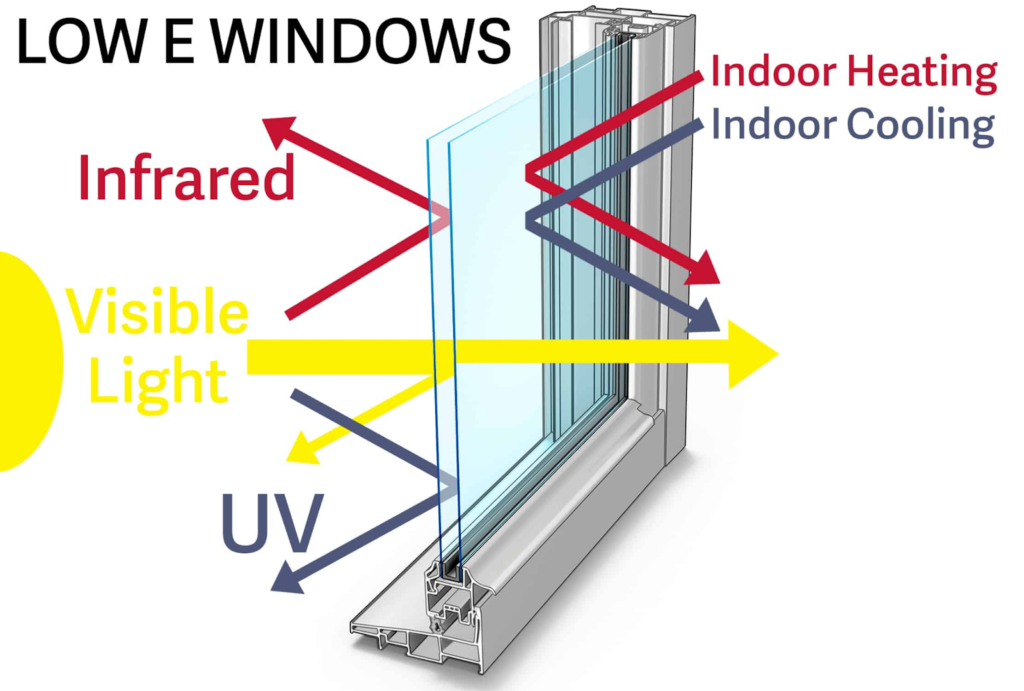
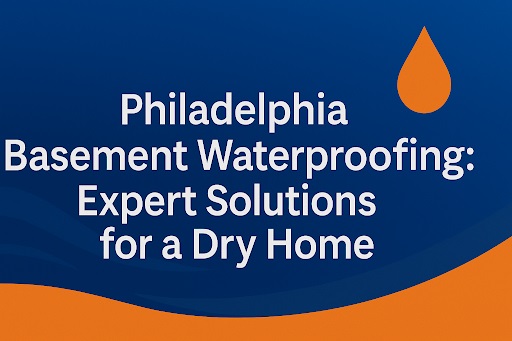
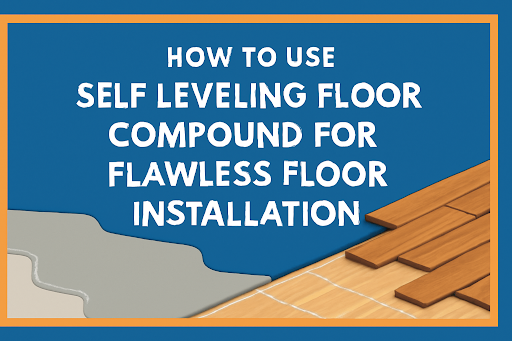
![Top 20 Reasons for Failing a Plumbing Inspection in Philadelphia [2025 Guide]](https://matrixgc.com/wp-content/uploads/2025/05/Common-issues-causing-failing-a-plumbing-inspection-in-Philadelphia.png)
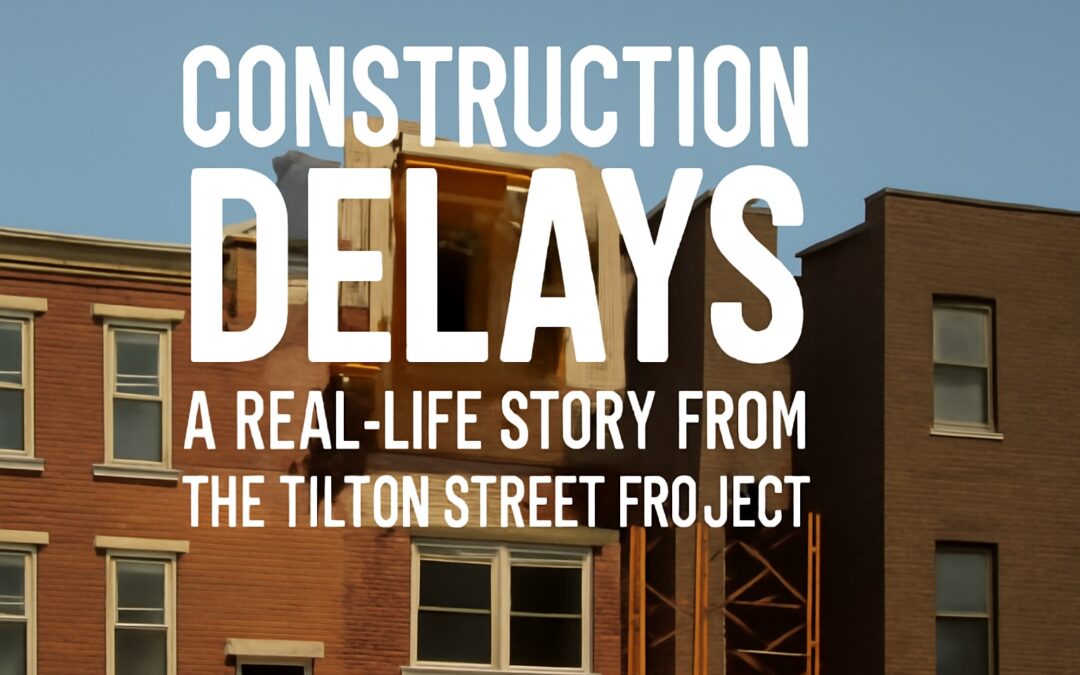
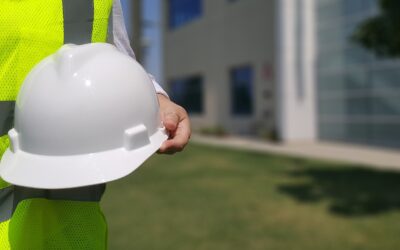
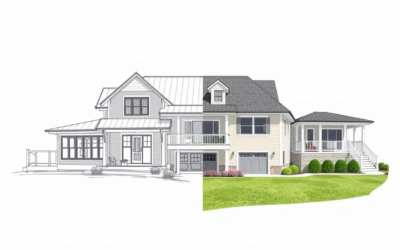
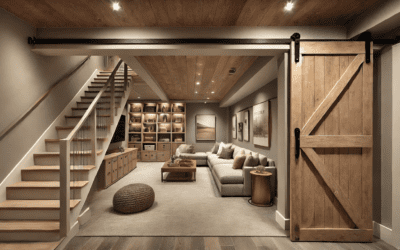
0 Comments
Trackbacks/Pingbacks